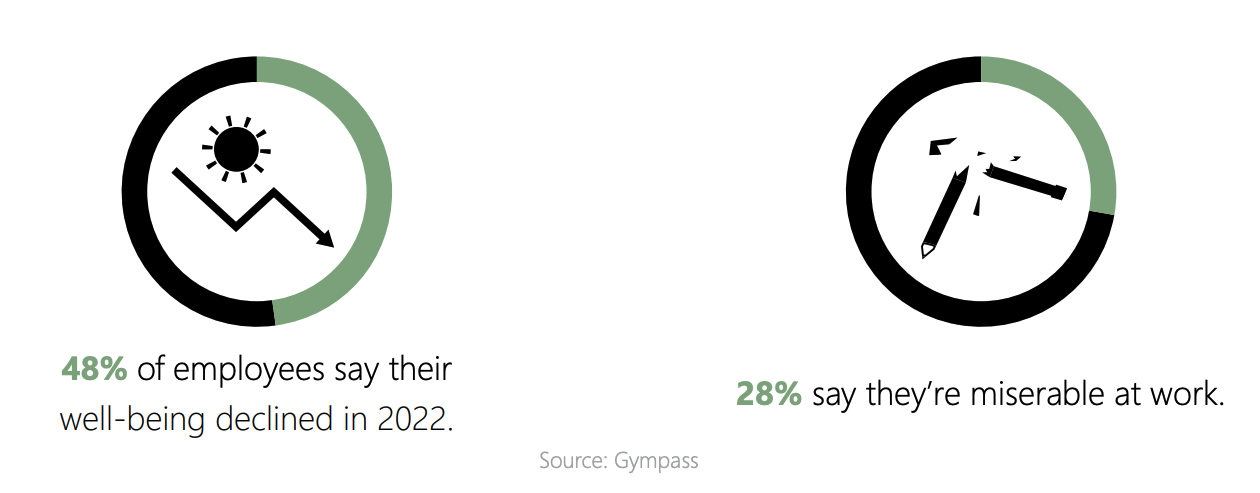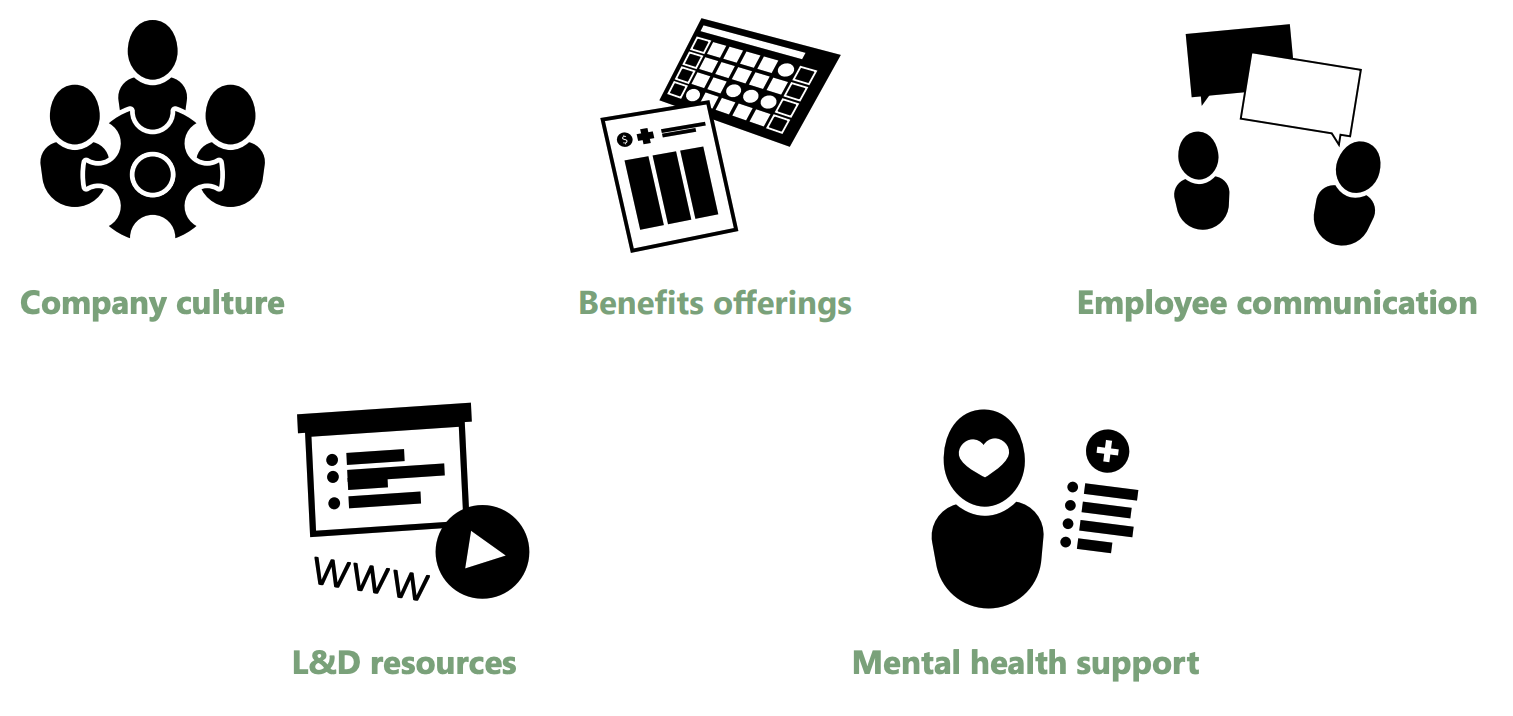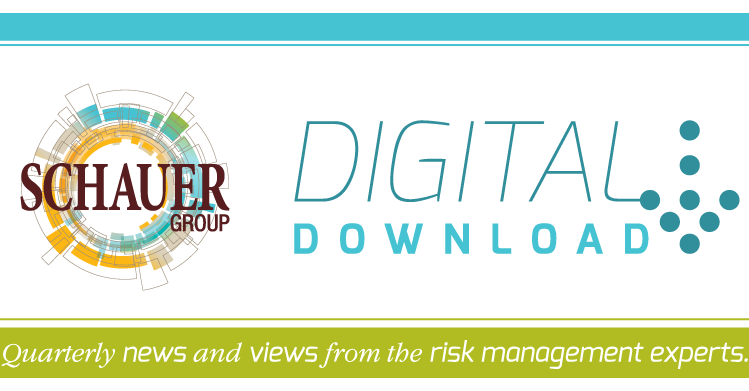The labor market was a roller coaster in 2022, and it’s a safe bet that employers will still be challenged as they compete for top talent in 2023. While most employers project salary increases this year, many will look beyond pay alone to help attract and retain more employees.
As many organizations take a total rewards approach to fulfill employees’ workplace desires, this infographic highlights four attraction and retention trends to watch in 2023.
#1 Redesigned Flexibility
Employers are offering hybrid options, flexible scheduling or even four-day workweeks along with remote working arrangements. At the same time, many employers strive to bring employees back to the workplace based on business priorities, so it’s essential to balance those organizational goals with employee desires for workplace efforts to be successful and well-received.

#2 Mental Health Support
More employers will be considering how to take a proactive approach to employee mental wellbeing and resilience. Health experts predict that employees’ mental health will continue to decline amid economic uncertainty, which means the demand for mental health care will increase this year.

Employers can offer benefits, perks and wellness programs that account for mental well-being, such as expanding employee assistance programs, introducing behavioral health anti-stigma campaigns and training for recognizing employee and peer behavioral health issues.
#3 Learning and Development Opportunities
Learning and development (L&D) efforts have increased in recent years. Not only are workers looking for professional growth opportunities at an employer, but many organizations are upskilling workers to retain talent and meet business objectives. Unsurprisingly, employees who receive L&D opportunities are more likely to stay with the company and grow into different role.
#4 Increased Focus on Belonging
Belonging is a critical component of company culture. At work, belonging is the experience of employees being wholly accepted and included by those around them. While belonging doesn’t necessarily come with a price tag, employers can invest resources into ensuring their workplaces are inclusive, collaborative and connected. The following workplace factors can impact employees’ sense of belonging:







